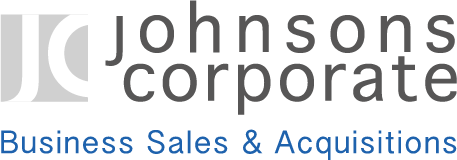This article looks at the main types of mergers and acquisitions and the motives of the participants in each case.

Mergers and acquisitions occur every day in the business world for a variety of different reasons. Corporate restructuring is going on all the time. If you look in a newspaper, chances are there will be at least one announcement of a merger or acquisition. In the world of small and medium sized business, acquisitions and divestments are also happening all the time, even if we rarely hear about them. It is simply the nature of business – and the ultimate aim is either to grow and/or divest at the expense of another or with their mutual support.
Mergers
A merger is where two or more companies join forces for mutual benefit. Control and operational management form part of negotiations and may be shared or end up in the hands of a single party There are five common types of mergers that occur:
- Conglomerate merger – A conglomerate merger is where two companies that have nothing in common with each other merge in order to share assets or to reduce their business risk.
- Horizontal merger – This is where two companies in the same industry merge. They are often competitors, and the aim of such a merger is to reduce costs and to gain a greater share of the market.
- Market extension merger – Market extension mergers are when two companies in the same industry but in separate markets merge, with the aim of creating a larger customer base.
- Product extension merger – This is where two companies in the same industry but producing different products merge in order to increase profits by grouping their products together to access a bigger market.
- Vertical merger – A vertical merger is where two companies producing different products in the same supply chain merge together to increase their efficiency.
Acquisitions
An acquisition is where one company takes control of another by purchasing its assets or the majority of its shares. There are five main types of acquisitions:
- Value creating – Value creating is where a company acquires another company, improves its performance and then sells it again for a profit.
- Consolidating – This is where a company acquires another company to remove competition from an over-supplied market.
- Accelerating – Accelerating is when a larger company acquires a smaller company and uses its greater resources to accelerate market access for the smaller company’s products.
- Resource acquiring – This is where a company acquires other companies to gain resources, skills, intellectual property, technologies or market positioning they need, because it is more cost effective than developing their own.
- Speculating – Speculating is when a larger company acquires a smaller company with a new product, with the aim of cashing in on its future growth potential.
Businesses Involved in M&A
Much discussion and most news coverage of M&A activity focuses on the actions of large and/or publicaly listed enterprises. In reality, M&A activity occurs as frequently if not more so in the SME market, which comprises small and medium sized businesses.
When acquisitions involve smaller companies transacting with each other, most of the purchases fall into either the “resource acquiring” or “accelerating” categories (see above). In this space there are two main types of buyers – trade and individual. The former refers to businesses buying businesses and the latter to individuals buying businesses. Buyer motivation and perception of value in this space depend on what problem they want to solve. Some typical reasons why smaller entities acquire other businesses include:
- Geographic scale – to enter a new geographic market
- Market extension – to acquire access to a customer base and/or demographic in order to grow market share.
- Channel extension – to gain new channels to market for an existing product / service offer.
- Product extension – to gain new products or services for offer to an existing market and/or channel, thereby extending market share.
- Revenue growth – acquire a similar business offering similar product / service to similar markets in order to grow revenue and customer base faster than through organic growth.
- Brand or positioning acquisition – to gain improved market position through a recognised brand or competitive position.
- Operational bolt-on – to increase capacity and/or resources through infrastructure, capabilities, intellectual property and/or human resources, when the acquisition is more cost and time effective than building them organically.
- “Buying a job” – where an individual buys a business to gain access to an income stream and potential long-term equity growth.
